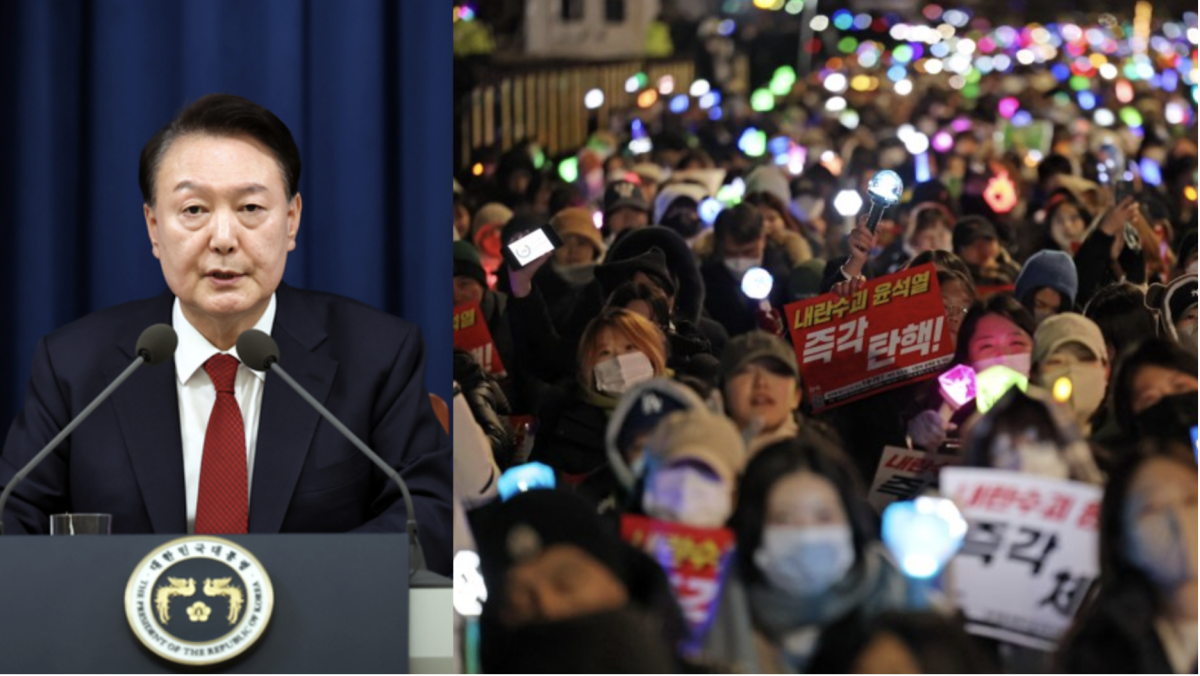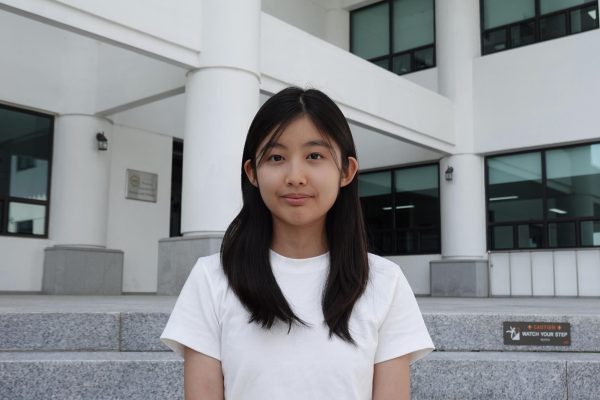From December 2024, South Korea has been in the midst of political turmoil surrounding President Yoon Suk-yeol. The controversy arose from his sudden declaration of martial law, which prompted the National Assembly to vote for his impeachment on Dec. 14.
The martial law was announced by President Yoon at 11 p.m. on Dec. 3, with intention to rid the “anti-state” forces that aim to control parliament and sympathize with North Korean communist systems. At midnight, armed soldiers were dispatched across the National Assembly building in Yeoui-do, blockading members of parliament and civilian protesters from entry. Within six hours of announcement, the declaration was withdrawn.
With the votes from the National Assembly to impeach President Yoon, Korea is currently waiting for the Constitutional Court to announce their final verdict on this decision. On Dec. 30, an arrest warrant for President Yoon was issued by the Corruption Investigation Office for high-ranking officials on accounts of conspiring treason against the nation.
Overall, the situation caused major outrage from Koreans across the country. Since the day of the short-lived martial law, many people have gathered in major public squares to protest either for or against President Yoon’s impeachment. Gwanghwamun has been a central spot for Yoon’s supporters, while in President Yoon’s home in Hannam-dong has been the main location for those who are against impeachment.
“There’s no huge problem with the people protesting, because that just shows that Korea has a really strong democracy,” Joseph Kang (10), politics observer, said. “Some type of group might not align with my personal political view, [but] as far as they’re just protesting for what they believe, there really is no problem. I just think that the problem is in political parties and the politicians, not necessarily the people that are protesting.”
The protests sparked attention from the international community due to its unique characteristics: being dominated by young people, contrasting with the typical demographic of political rallies, and seemingly enjoyed by the participants. Some sources reported that protesters held cheer sticks and listened to music during the event, resembling a pop concert rather than a demonstration, leading many to compliment that the actions were an act of peaceful protest.
“I find Korean protests actually kind of fascinating in a way,” James Dillhoff, Government and Politics teacher, said. “I read that [these are] serious protests with two sides that are are very much contradictory to each other and confrontational. But then you have this whole other area protests where there are K-pop songs and [is a] fun atmosphere. I wish more protests had that positive vibe to it.”
However, some also expressed concern in the merging of popular culture and serious politics.
“I do think that in terms of politics, it should stay independent from entertainment,” Nabin Won (9), avid news watcher, said. “K-pop is something that really represents our country and entertains a lot of people, but then that being associated with political controversy, I feel like that might have a bad influence on K-pop itself.”
The crisis also led to the revival of candlelight protests, which have been a centerpiece of Korean political protests throughout the years. Traditionally, protesters gathered in either Gwanghwamun or the Seoul Plaza in front of the city hall holding a candlelight vigil and posters. Candlelight demonstrations have taken place in times when Korea was in a major political jeopardy.
The crisis with President Yoon’s martial law and potential impeachment was no different. Adhering to the long-held protest tradition, individuals gathered once again, holding picket signs and candlelights and chanting, “All power in the Republic of Korea comes from the people!” in unison.


